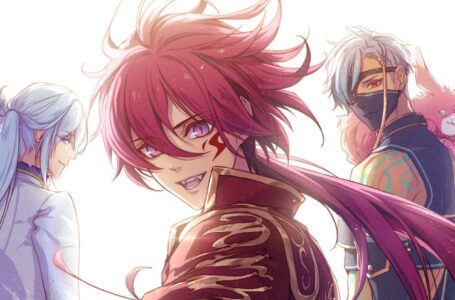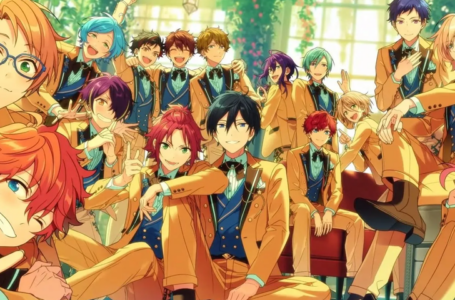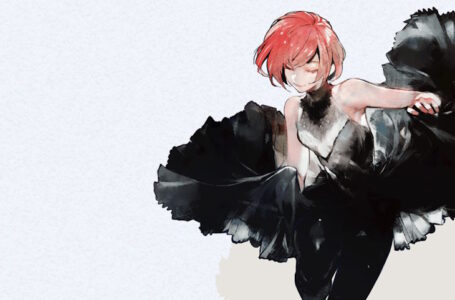Why romantic red flags and unhealthy relationships in otomes are here to stay
I’ve said it before and I’ll say it again – romance is my bread and butter, but I cannot emphasise enough how the very worst of toxic love seems to be shown in romantic relationships, wherever we find them.
Ross and Rachel in Friends. Ted and Robin in How I Met Your Mother. The iconic couples and lead match-ups from classic films such as The Notebook and Love Actually, and popular fictional relationships in literature such as Twilight and 50 Shades of Grey: just a few well-known examples of extremely troublesome relationships, despite their notoriety and positive framing.
Japanese media is, of course, no exception to this. There are plentiful examples in J-drama, such as in my beloved Hana Yori Dango. Anime has its fair share, too, whether its in shoujo titles like My Little Monster (Shizuku and Haru) or shounen legends like Naruto (Sasuke and Sakura) — and, of course, otomes are no different.
While we’ve previously explored the toxic takeaways of otomes, today we’re going to go the extra mile by talking about what these bad relationships can show to otome players and why we still like them — and identify why the participants in these toxic relationships are still valid characters and routes worth experiencing, despite all the red flags and bad behaviour.
Red flags in romance are all the rage
First things first, what exactly are we looking for when we say “red flags”? Typical red flags are probably best recognised in visual novels — otome and otherwise — in the form of yandere characters. These are the notorious love interests who are most prone to resort to violence, isolate the main character, lie, and inflict any example of abuse you can possibly think of.
Even outside of yanderes, though, love interests can still be toxic. A dynamic indicating a power imbalance with the heroine can cause trouble — this is commonly seen in the form of age gaps and socioeconomic differences, plus verbal or physical dominance or suggestive, sexual advances despite the heroine’s displayed and vocal resistance to them.
A popular example of this is the “kabedon” move, where male characters surprise the female by slamming their hand against the wall, trapping the female beneath their larger frame. The characters prone to doing this aren’t always male, but it’s a common sign of dominance over another person.
Red flags in love stories are plentiful, across many forms of media that we consume on the daily — and which we feel nostalgia for from our own childhoods. The actions of many of these love interests often go unpunished, and instead they are rewarded by successfully “getting” the main character by the end — or, in the case of otomes and other visual novels, by enjoying the fruits of a good ending.
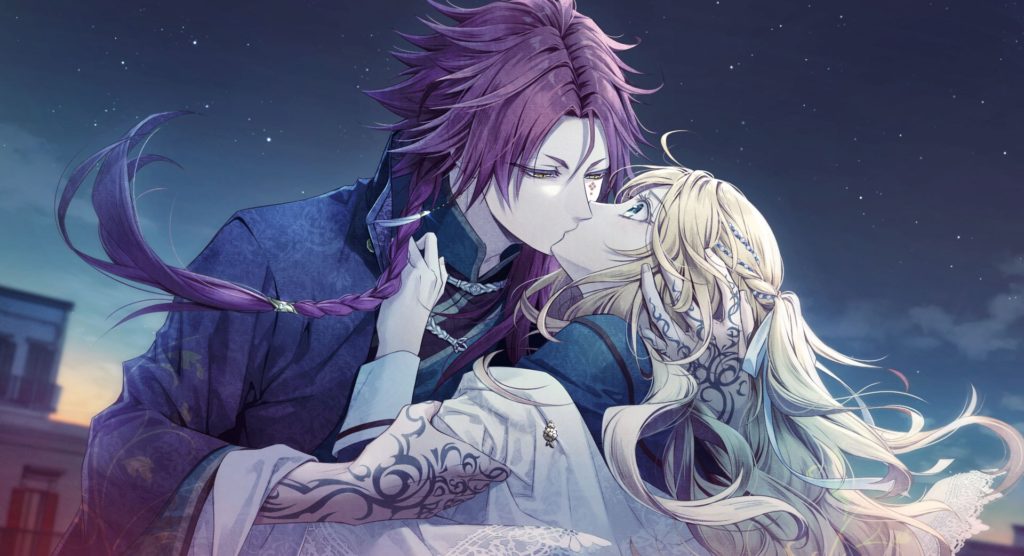
Players are ultimately expected to accept such love interests — just like the heroine — for who they are, despite their romanticising of physical violence, or controlling, manipulative behaviour. Such troublesome characters typically embody villainous traits, and this is usually made “acceptable” by the story ensuring they are outplayed by the narrative’s actual villain in terms of evilness. What’s perhaps most concerning about this is how the heroine is usually framed in a light where she doesn’t know what she wants — this is usually explained away as her being inexperienced in romance.
So far as the love interests are concerned, this often translates to a heroine saying “no” when she actually means “yes”, or that she is somehow playing “hard to get”. More often than not, it reinforces the “damsel in distress” archetype — an age-old plot device where the female character becomes the end goal for the male character to ultimately “win”, no matter how he shows his supposed love for her, or the tactics used to win her affections.
This is doubly concerning in the case of otomes that star “blank slate” heroines: in these cases, players are putting themselves in the driver’s seat of turbulent love stories that we can interact with directly. These stories are often grounded in reality; for some players, tales of abuse can hit a little close to home and not feel fictitious at all.
When male characters make unwanted advances towards the heroine, we feel it, because we are the player character. We get to completely see and understand how the heroine is feeling, so when this behaviour is shown to make her feel uncomfortable, scared or any other alarming feeling, we can empathise with her directly. These feelings are often played up through CGs or the heroine’s sprite expression changing — and, of course, through the text box, where her doubts and concerns are relayed directly to the player.
The takeaway is that toxic and creepy behaviour ends up romanticised because the perpetrator is a hot man. Persistence is often shown to be a virtuous and attractive trait, but it’s not necessarily something that should be idealised; consider how you might feel if you were really in the heroine’s position.
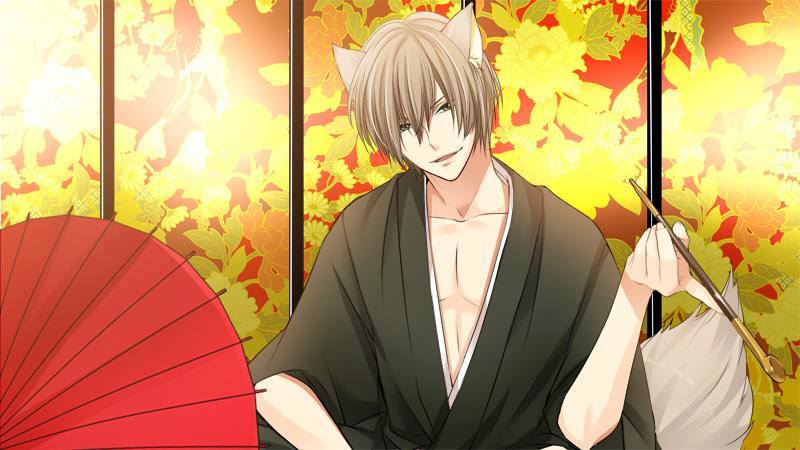
Otomes that feature troublesome characters and relationships like this tend to have narratives that err on the darker side of things. This is not always the case, however; sometimes they can crop up in works that have grounded, normal storylines. To see some examples of this, you don’t have to look much further than Voltage Inc.’s prolific work in the mobile sector.
Just recently, I started playing Kings of Paradise, and like the majority of Voltage Inc.’s games, the heroine is pretty much a blank slate. The love interests, meanwhile, are persistent and questionable in their actions, despite the heroine often showing that their advances are unwanted.
Elsewhere, works such as Star-Crossed Myth feature elements of toxic masculinity and “alpha males”, perhaps best exemplified by the character Leon. He speaks poorly of the heroine, belittles her intelligence and abilities as a human, has a clear authority complex (perhaps understandable, since he’s a god and all), and repeatedly refers to her as a “goldfish”. He also forces her to bathe in front of him and holds her against her will. And he’s just one love interest out of many.
The game kicks off with the heroine getting kidnapped, and this is a suspiciously frequent occurrence in the mobile otome sphere. We see it in Shall We Date?: Can’t Say No, Enchanted in the Moonlight and Ayakashi: Romance Reborn. Even Scandal in the Spotlight features blackmail elements, and there’s a prevailing issue with consent and dependency, with power dynamics often being presented as completely lopsided.
So these are all situations we wouldn’t want to find ourselves in here in the “real” world. But let’s ask ourselves the big question: is this what the target audience actually wants to see in the world of fiction?
What players want
Let’s relate it all back to the player, and more specifically, what the general otome player actually wants. Yukina of Uguu Cage of Love compiled the responses of both Twitter and Google surveys conducted by Nakamura Sachiyo, an ex-employee of otome developer Honeybee. The results showed that Japanese players have a preference for yandere love interests (20%), whilst tsunderes came in second (16%), followed by “mysterious” just behind (15%).
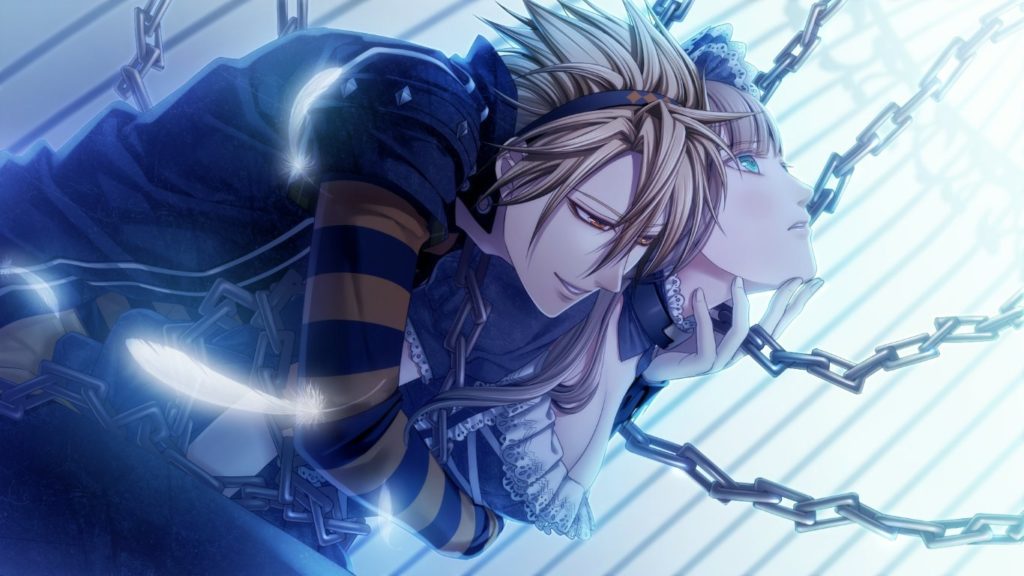
Comparitively, western players appear to feel a bit differently, if a survey conducted by indie otome Tailor Tales is anything to go by. In this case, players indicated that their most hated traits in love interests were those who hate women (70%), belittle the heroine’s appearance (65%) or attempt sexual assault (63%). In terms of preferences, mature and caring love interests beat out the competition with 73% of the vote, followed by sweet and kind at 63.9%, and kuudere at 63%.
Another western survey, conducted in 2020 by developer of indie otomes Changeling and Gilded Shadows Steamberry Study, posed a specific question about abusive love interests. 68.1% were conditionally okay with depictions of abuse; 15.8% were unconditionally okay with it; 16% were not okay with it under any circumstances. Furthermore, 32.3% of respondents indicated that they would be okay with depictions of abuse so long as it is not romanticised or glamourised, and 35.8% of respondents said they would be okay with depictions of abuse so long as a redemption arc took place. 7% of participants skipped this section entirely.
Getting into the specifics of what “abuse” really means, the survey went on to probe as to what types of behaviour players are open to seeing depicted in their fiction. 45.5% indicated that they were okay with light physical abuse, 33.6% were fine with the heroine getting kidnapped, and 26.6% were open to seeing emotional abuse depicted.
By contrast, 6.2% were okay with heavy physical abuse, and 8.6% were open to seeing attempted assault up to and including rape. Cumulatively, 32.3% of respondents indicated that they are open to pretty much anything being depicted in their fiction, but 67.7% had some sort of hang-up that they weren’t happy to see. Interestingly, some respondents actually contradicted themselves across similar questions, indicating just how fickle the average person can be.
Do we “need” problematic love interests?
After all that, here’s the big question. The short, simple answer is, of course, seemingly “yes”. The long answer? Grab some refreshments and we’ll get into it.
Toxicity in romance is ingrained in our culture. We see it in the media we consume, and this inadvertently influences attitudes and what is deemed acceptable in society. To a certain degree, it normalises such behaviour, be it gaslighting (Teorus from Star-Crossed Myth), misogyny (Zen from Mystic Messenger), demeaning language (Takeru from Collar x Malice), jealousy (Jisoo from Dandelion), manhandling (Jin from The Second Reproduction), crude remarks (Taiga from Variable Barricade) and straight-up sexual assault (too many to name and shame — though I’ll particularly highlight Ikki from Amnesia as an oft-overlooked example, because you don’t kiss someone when they already said no). At the very least, this behaviour is often excused as being somehow romantic and harmless.
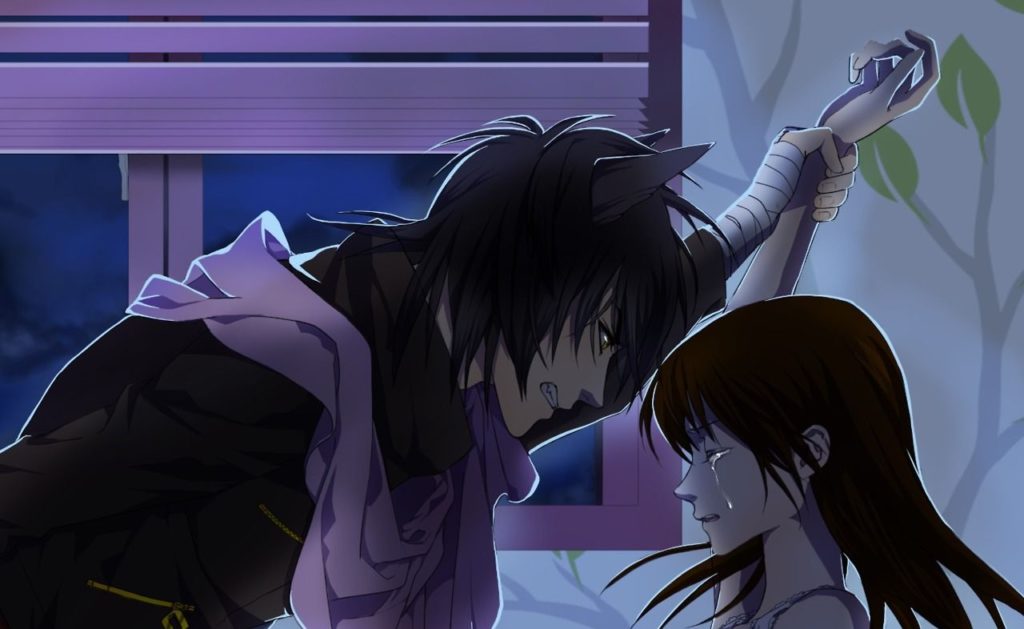
Such toxic traits are usually explained away by traumatic events in the love interest’s pasts, sometimes poorly (I’ll talk about this at some point during my Diabolik Lovers write-up), but sometimes surprisingly well and nuanced (as seen with Jumin in Mystic Messenger). But no matter how they are written, each one remains integral to the game’s narrative, offering a different component of the overarching story.
As bad as the behaviour of such characters can be, they add some much-needed diversity to the games in which they appear in terms of romantic options — and as we can see from all three of the surveys linked, everyone deserves a character and storyline that suits their tastes. Personally, I’m all over the genki type, despite them being the second lowest in one of the linked polls when assessing which love interest archetype is the most preferred type. I’d prefer to not even consider that there might be an alternative timeline where genkis are not an archetype in otomes.
The same is true for otomes featuring relationships with big age gaps. Despite being one of my favourite dynamics, these relationships almost always feature some red flags in terms of how young the heroine is compared to the older male, indicating an imbalance in maturity and life experiences. While they may appear to have good compatibility as a couple, some players will still feel understandably uncomfortable.
With all this in mind, those who enjoy seeing their toxic trash boys in otome titles deserve the opportunity to enjoy their favourite stories. Without these troublesome bad boys, otomes that deal with darker themes and more sensitive material would not exist — remember, the existence of these characters is not endorsement of their behaviour; simply showing the reality of traumatic, troublesome relationships can instead be an attempt to make a specific point and criticise the terrible ways humans sometimes treat one another.
A good example of this is Monochrome Heaven, which tackles psychological trauma and inter-class romance in a life and death situation. It’s an utsuge through and through — a deliberately depressing game — that features love interests who are quite happy to assault, confine and even kill the heroine.
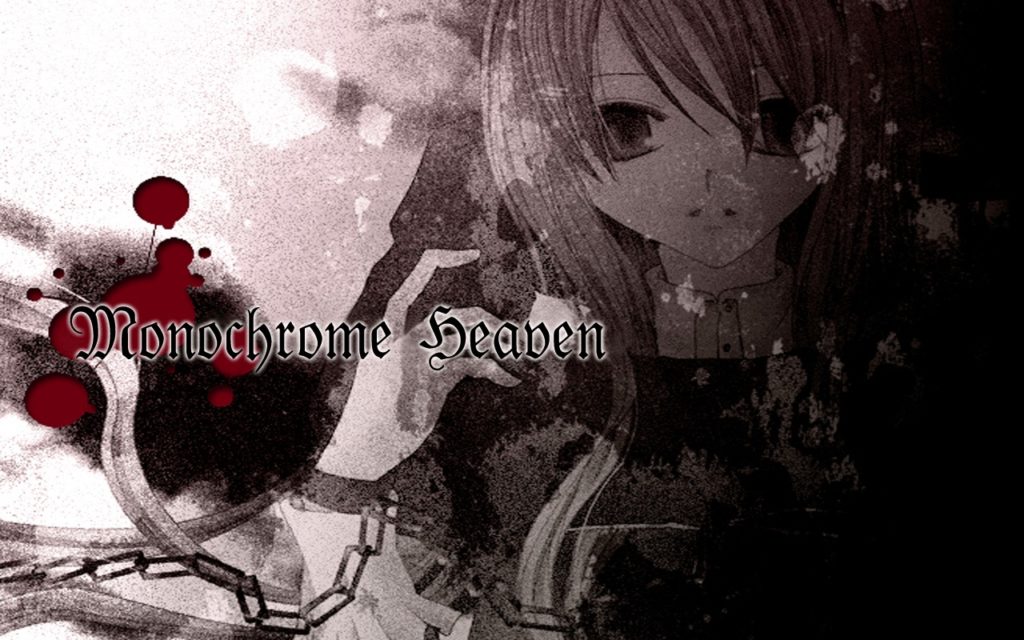
If you thought that was dark, then Theory of Fear takes it multiple steps further, with the heroine being confined to an endless cycle of abuse and rape for the sexual gratification of its love interests — unless she kills herself to obtain “freedom” in one of the bad endings, of course.
Then there’s the Boyfriend to Death series, some of the most hardcore examples out there. This involves torture, amputation and a psychopathic love interest in its first title alone. Perhaps understandably, you can only expect bad endings here.
As should be clear by now, all types of material have their own audience. Some approach darker content as thrilling horror games, while others appreciate the opportunity to indulge fetishes that are impractical or impossible to explore in reality. Through fiction, we can explore new experiences and sensations, and those who know that they enjoy treatment such as being dominated can feel like they’re being catered to.
At the same time, we should remember that most of these characters are human (or at least human-like in the case of more fantastic titles) and represent the very worst ways human beings can treat one another. Seeing characters like this in our fiction is arguably one of the most obvious ways to experience escapism, since the situations and outcomes are so outlandish and extreme.
Why bad romances are here to stay
That escapism point is important. However negative the experiences depicted in darker games or more red flag-filled relationships might be, it’s important to remember that these stories are often designed with the intention of allowing us to experience things we otherwise wouldn’t be able to — both good and bad. This even goes for games set in relatively real-feeling worlds and situations, such as many of the aforementioned Voltage Inc.’s games.
Negative experiences in stories can be educational or at least cathartic, as players can and will relate to the characters, themes and events. Otomes — and visual novels, more broadly — can help players understand their emotions and their own life situations, and processing how you feel about toxic relationships is an important part of that. Ultimately, it’s all about distinguishing fiction from reality, and thankfully we can see within the otome community and fanbase that this has never been a point of contention. Otome fans know that romanticising such traits isn’t the way to go — unlike certain Killing Stalking fans.
Overall, we all enjoy what we enjoy, and it’s worth discussing these things, even if we don’t agree. Toxicity in romantic love is almost certainly here to stay, and that’s perfectly fine. We learn what we like and dislike from these fictional relationships and will be able to relate them to our real experiences. Witnessing red flags in a safe environment to better our own judgement is surely better than encountering them in reality — and we get to enjoy a story that caters to lovers of many different types of romance in the process. What more could we ask for?
Join The Discussion
Rice Digital Discord
Rice Digital Twitter
Rice Digital Facebook
Or write us a letter for the Rice Digital Friday Letters Page by clicking here!
Disclosure: Some links in this article may be affiliate links, which means we may earn a small commission if you make a purchase after clicking on them. This is at no additional cost to you and helps support Rice Digital!
- Sigh of the Abyss: Shadow Bonds – Prologue Review - October 7, 2023
- Is She The Wolf? is wickedly addicting TV - October 6, 2023
- The steady consumption of Slow Damage - October 5, 2023




